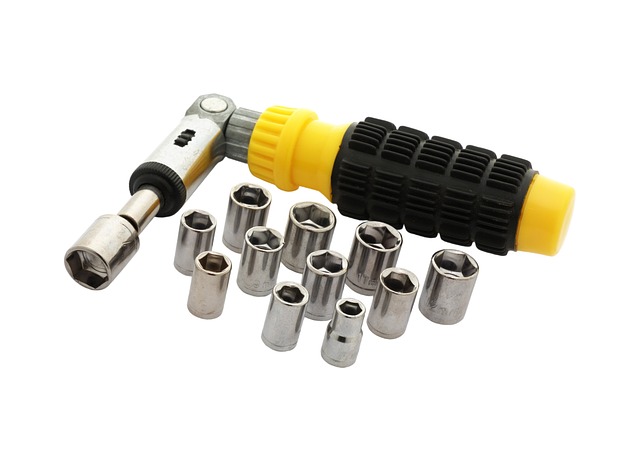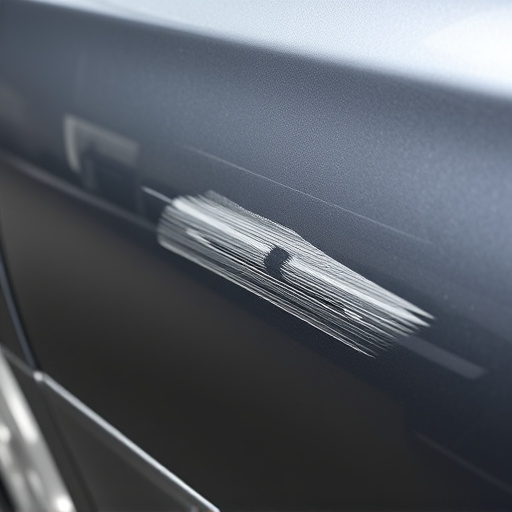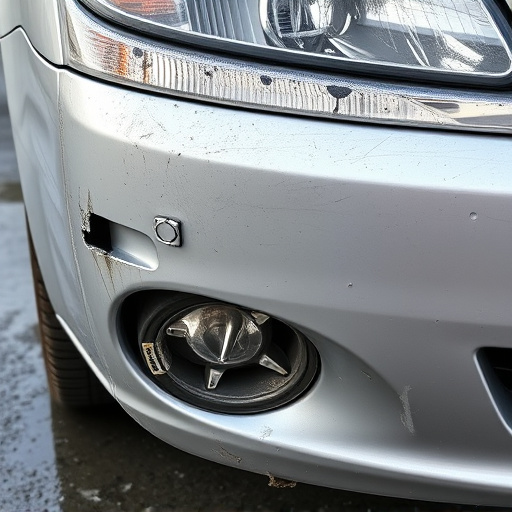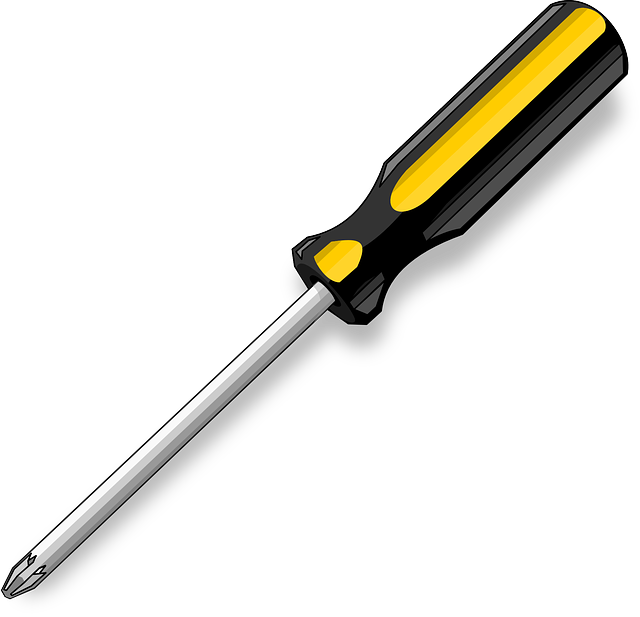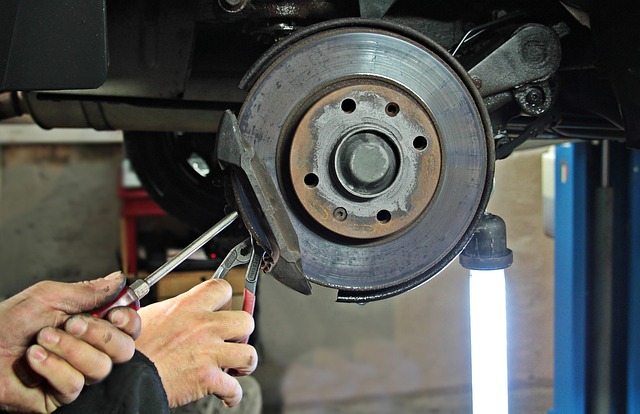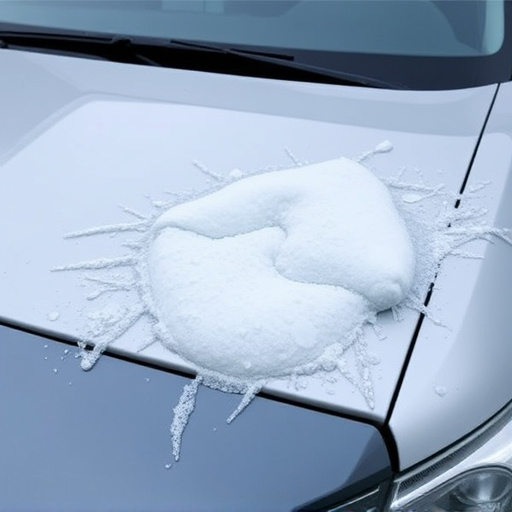Diminished Value Insurance safeguards vehicle owners from financial losses due to damage reducing their car's market value post-repairs. This specialized coverage is relevant for cars needing significant body work, as even expert repairs may not fully restore cosmetic appeal and resale value. Diminished value claims assess repair costs, vehicle condition, and factors like part availability and age to calculate the difference between pre- and post-damage values, offering compensation to help owners recover financially. Proper documentation is essential for substantiating these claims.
“Diminished Value Insurance: Protecting Your Assets Beyond the Obvious.
This comprehensive guide unravels the often-misunderstood world of diminished value insurance, a powerful tool for vehicle and property owners. We demystify its core concept: the compensation for asset devaluation due to events beyond standard wear and tear. From accidents to natural disasters, learn how these claims work and identify common scenarios where this type of coverage can make a significant difference. Understanding diminished value insurance is key to ensuring your investments retain their worth.”
- What is Diminished Value Insurance?
- How Do Diminished Value Claims Work?
- Common Scenarios for Filing Diminished Value Claims
What is Diminished Value Insurance?

Diminished Value Insurance is a specialized coverage designed to protect against the loss of a vehicle’s value due to damage or accidents. Unlike traditional auto insurance, which primarily focuses on repairing or replacing a vehicle after an incident, diminished value insurance compensates policyholders for the reduced market value of their vehicle following a claim. This type of insurance is particularly relevant when a car suffers extensive damage but can still be repaired, as it acknowledges that even with repairs, the vehicle’s worth may not fully recover to its pre-incident condition.
The concept centers around the idea that a damaged vehicle might experience a decrease in value due to various factors such as age, mileage, and the extent of repairs required. When a policyholder files a diminished value claim, they are seeking reimbursement for this loss in value. This is often relevant when a car needs extensive auto body restoration or vehicle repair services from a reputable car body shop, as it may impact its overall market appeal and resale value.
How Do Diminished Value Claims Work?

When a vehicle suffers damage—whether from an accident or other event—diminished value claims step in to compensate owners for the loss of their car’s pre-damage worth. This is significant because, even after repairs, a damaged vehicle may not hold its original market value. Diminished value insurance covers this discrepancy.
The process starts with assessing the repair costs and the vehicle’s condition post-restoration. Factors like the availability of replacement parts (often crucial in complex auto frame repair or vehicle body repair scenarios), the skill required for vehicle restoration, and the overall age and mileage of the car are considered. These elements determine how much a vehicle’s value has diminished. Once established, insurance providers calculate the difference between the vehicle’s pre-damage worth and its post-repair market value, providing the owner with compensation to help them recover financially from this loss.
Common Scenarios for Filing Diminished Value Claims

In many cases, diminished value claims arise from unexpected events that impact a vehicle’s resale value. Common scenarios include accidents, natural disasters, and significant mechanical issues requiring extensive repairs. For instance, a car involved in a collision may sustain damage to its exterior panels, leading to noticeable cosmetic imperfections that deter potential buyers. Even if the repairs are meticulously executed through expert auto body restoration techniques, the affected area might still carry visual reminders of the incident, reducing the vehicle’s overall market appeal and value.
Additionally, vehicles exposed to severe weather conditions or requiring frequent and costly auto maintenance due to pre-existing issues can also experience diminished value. These scenarios highlight the importance of documenting all repairs and maintaining comprehensive records. Proper documentation assists in substantiating diminished value claims, ensuring owners receive fair compensation for their vehicle’s reduced worth following unforeseen circumstances or necessary yet expensive vehicle restoration efforts.
Diminished value insurance offers a safety net for vehicle owners by compensating them for the loss in their car’s value due to accidents or damages. By understanding how these claims work and common scenarios, drivers can make informed decisions about protecting their investments. Remember, filing diminished value claims promptly can help owners regain some of the financial hit caused by unforeseen events, ensuring they receive fair compensation for their vehicle’s reduced worth.
